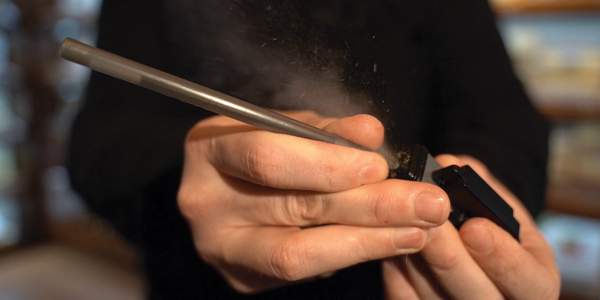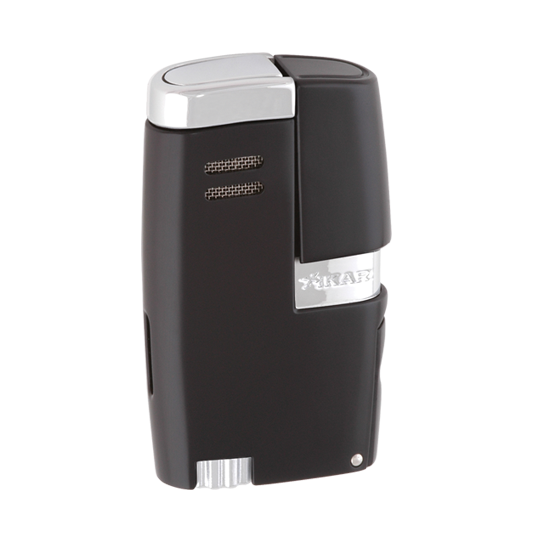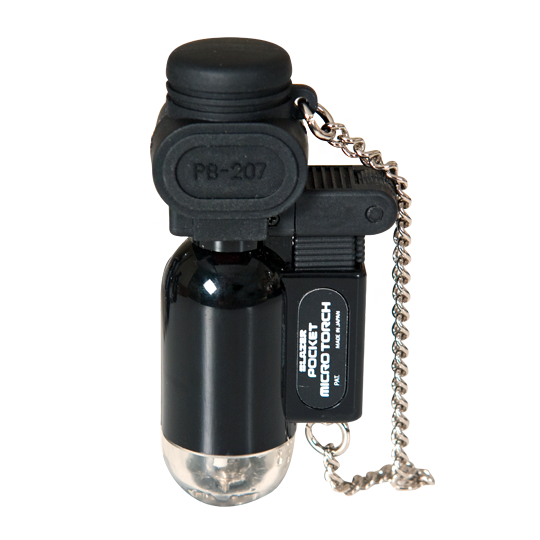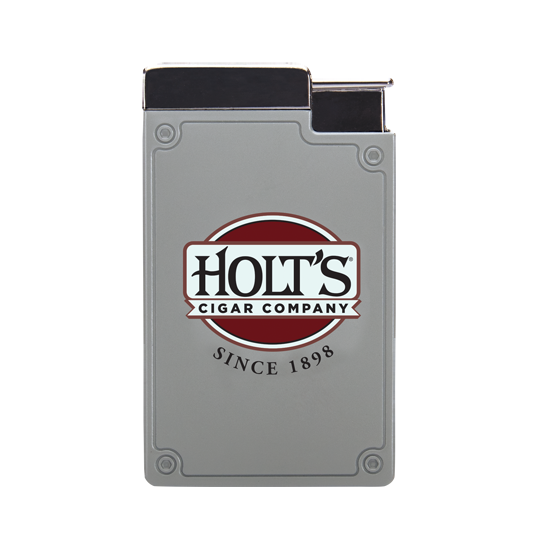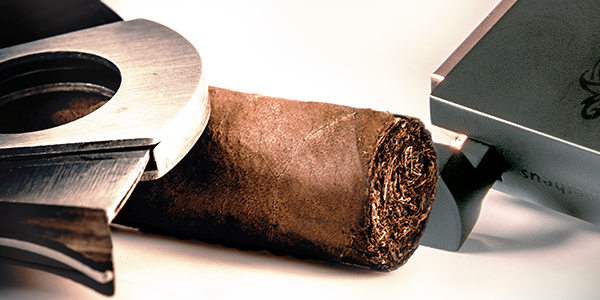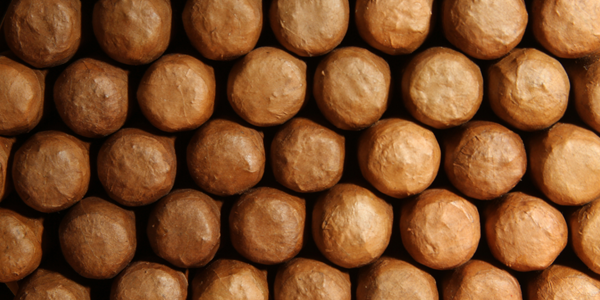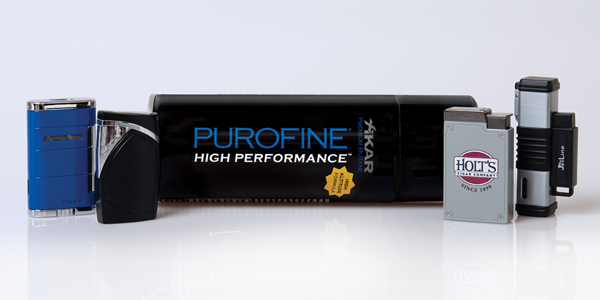Butane Lighter Problems & How to Fix Them
Butane lighters are ideal for cigar lovers for a number of reasons. Butane burns cleaner than liquid fuel and exhibits few impurities. For most models, it’s not necessary to replace a flint in a butane lighter. Simply click the button and a flame emerges. While many butane lighters feature torch-style jets, there are plenty of soft flame lighters that run on butane too.
Butane lighters can also be finicky at times. The jets can skip or spit out a weak or inconsistent flame. It’s tricky to refill the tank. Maybe you’re getting a weak flame, or your butane lighter isn’t working after you refill it. Adjusting the flame height is critical to the lighter’s performance. Below, we’ve outlined a handful of tips to combat common problems that pop up with butane lighters.
Use High-Quality Butane
Your lighter’s performance begins with good butane. There are many brands out there, but it’s imperative to pick a brand that is thoroughly refined, preferably at least 5 times or more. Brands like Xikar and ST Dupont produce ultra-refined butane. The more refined the fuel is, the fewer impurities it possesses, meaning it is far less likely to clog the jets or corrode any internal components in your lighter. Not only will your lighter perform better, but it will last a lot longer with a highly refined premium butane.
Check the Flame
Check the flame to diagnose any problems with your lighter first. Is the flame turned up too high or too low? When you ignite the lighter, a consistent flame should emerge. If the flame shoots out in on-and-off spurts, the fuel tank could be empty or full of air, which you have to bleed from the tank before you can refill your lighter. Adjust the dial that controls the flame height up and down to see that the flame responds.
Check the Flint
There are a handful of soft-flame butane lighters, and some of these ignite with a traditional flint and spark wheel. Models like the Colibri Julius, Xikar Meridian, and high-end ST Dupont Ligne 2 lighters are butane lighters that take a flint. If you spin the ignition bar and there is no resistance, or no spark occurs, it’s likely you need to replace the flint. If your lighter lights with a standard push-button, or piezo, ignition, there is no flint to replace.
Check for a Hissing Sound
Your lighter may have a leaky gasket around the fuel tank if you hear a continual hissing noise from the fuel valve or from the jets. A temporary hissing sound is common when you refill a butane lighter as fuel and air escapes in the process. But, if the noise persists, butane is leaking out, which is dangerous because it can ignite. Send your lighter out for repair, or toss it away, if won’t stop hissing when you refill it.
Bleed the Tank Before Refilling
Every time you refill a butane lighter, a tiny bit of air sneaks into the tank. After 3 or 4 refills, the tank is overwhelmed with an air pocket, or bubble. This air prevents fuel from occupying the tank. Flip the lighter upside down and use a small screwdriver or a thin and narrow tool to compress the fuel valve and release the air. A trace amount of fuel may also escape. After the valve stops hissing, the air has been fully expelled.
Turn the flame height to its lowest setting (-) and refill the tank. When you inject butane into the tank, the lighter will immediately cool off. Let the lighter warm up in your hand or pocket before you attempt to light it. Adjust the flame height back to the desired setting and fire away.
Wait for Your Lighter to Warm Up After Refilling
When you first inject a fresh dose of butane into the tank, your lighter immediately freezes. This happens because the butane is very cold when it’s transferred from the canister to your lighter. Wait for a few minutes for your lighter to warm back up before igniting it, or you will get an inconsistent flame. Hold the lighter in your hand or put it in your pocket for five to ten minutes until the cooling sensation wears off. When your lighter feels like it’s at room temperature, ignite the flame.
Clean the Jets
If you’ve used lower quality fuel in the past, your jets may need to be unclogged. Or, if your lighter lacks a protective closing over the jets, lint and debris from your pocket can get into the jets. To clean the jets, simply bleed the lighter as described above. Then, you can hit the jets with a blast of compressed air (the kind you would use to clean a computer keyboard). Blowing out the burners should improve your lighter’s operation pretty fast.
If these simple steps haven’t remedied your lighter’s issue, you may need to send it in for a repair. Luckily, Xikar and a number of other brands offer a lifetime warranty in the event that your lighter can’t be fixed.

